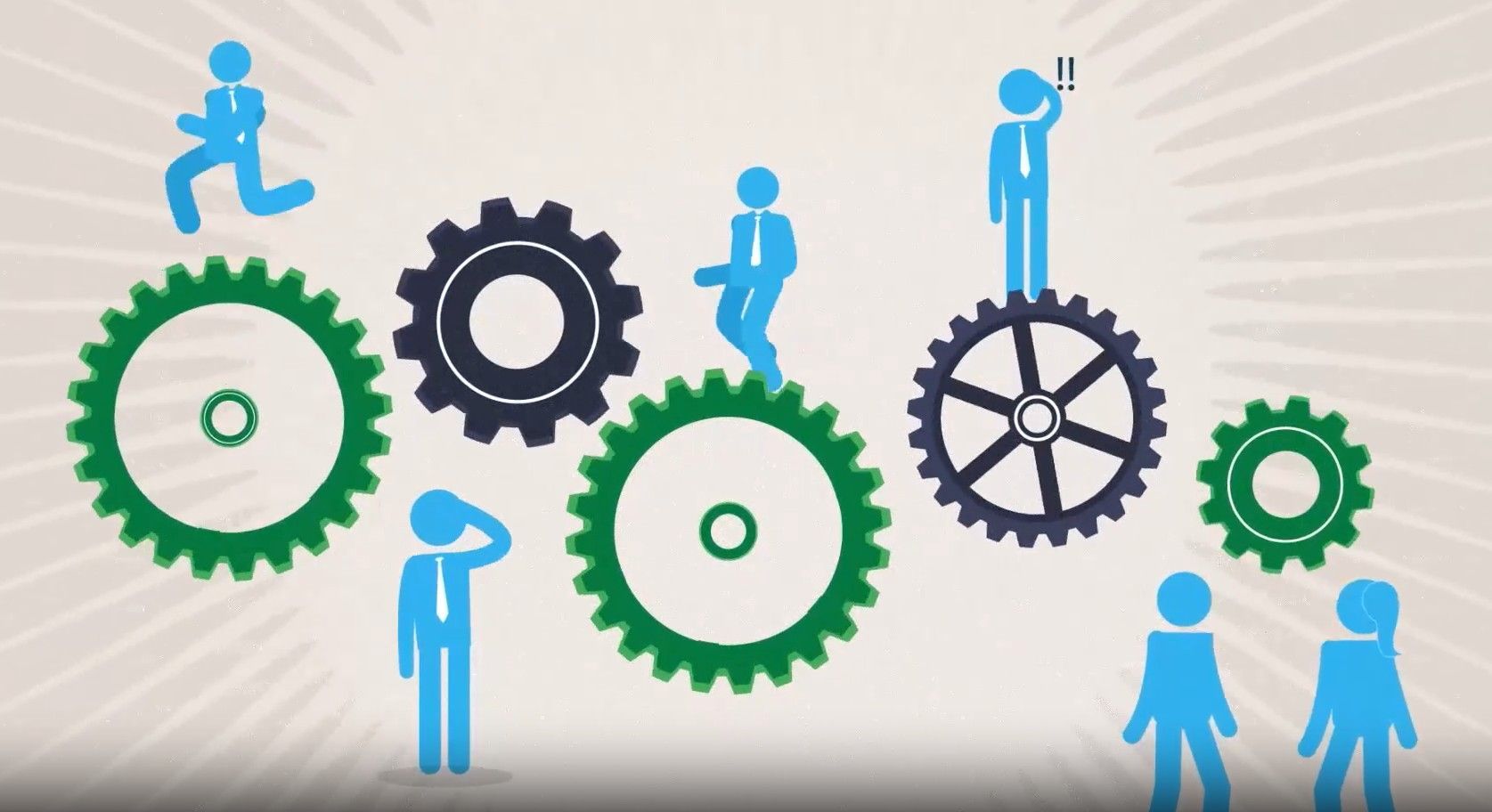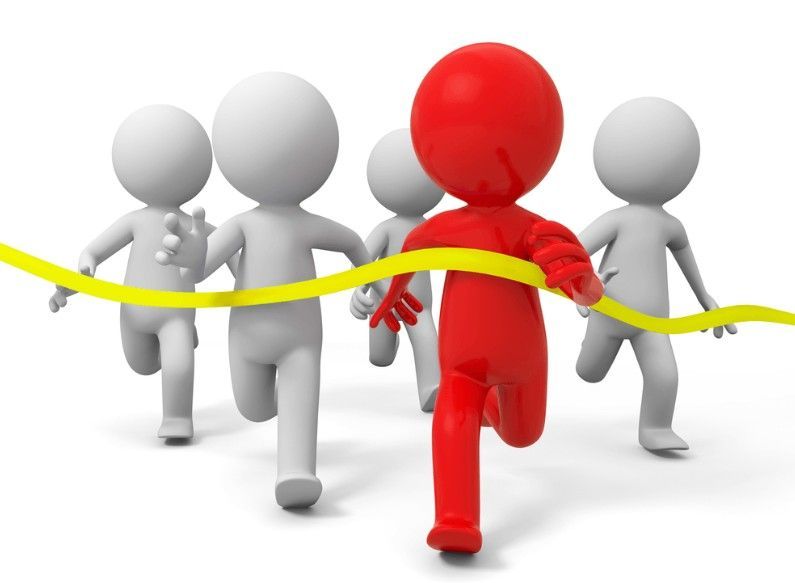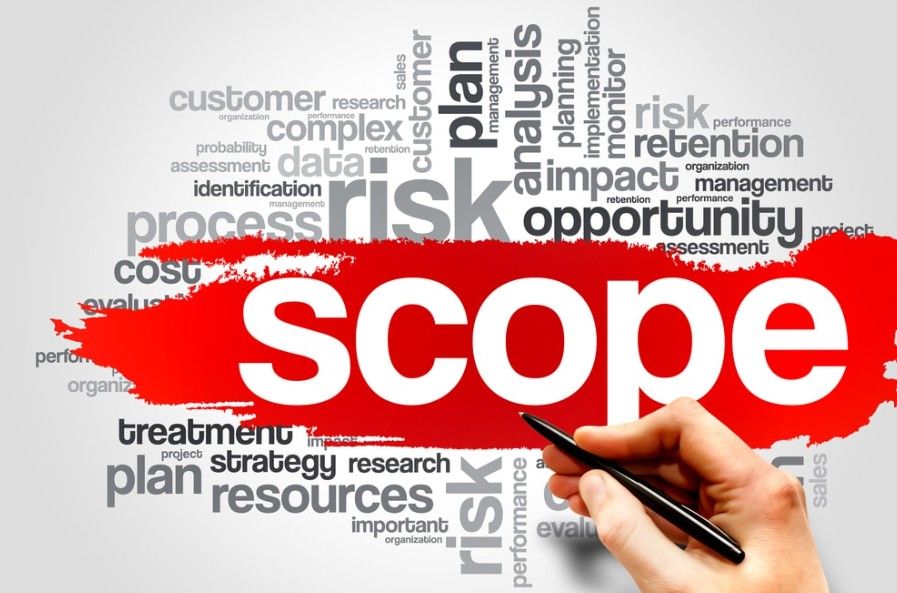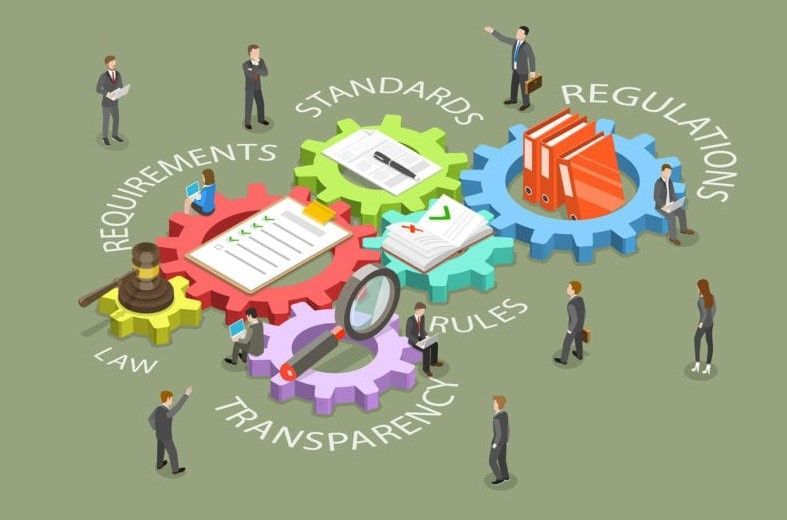Reinventing Your Company? Consider Disintermediation
August 14, 2025
The term “reinvention” as in “I’m reinventing my company” is practically a business cliché. But exploring ways to reinvent your company-or yourself-is also a terrific tool for thriving in today’s rapidly changing business climate, maybe even surviving. Many companies can and do use it successfully. That, after all, is how it became a cliché.
Many techniques of reinvention are available. One that we believe can be especially effective, though little used, is called disintermediation. If nothing else, taking a long hard look at how disintermediation might affect your business-positively or negatively-offers valuable perspective on the threats and opportunities your company faces. It might even be a game-changer.
What is disintermediation? Aside from being a mouthful, it can be an effective business development tool. Disintermediation occurs when one intermediary loses business to another intermediary in the supply chain. It’s losing business, or a portion of business, to a non-competitor who is an intermediary in the supply chain. Although in general eliminating the middle man increases efficiency, it also breaks snap individual links in the chain.
We’ve seen companies use disintermediation effectively over the years, including our clients, but most market participants overlook it. The reason is simple: Although disintermediation isn’t difficult to understand, implementing it is another matter entirely. It not only requires clarity of vision but also an ability to innovate and a stomach for risk. It might even require reinvention.
Take traditional travel agencies circa 1996. Online travel wunderkind Expedia swooped in and made off with $100 million in business travel agents would have otherwise booked. In effect, that put some 50 traditional travel agencies averaging $2 million in revenue out of business. Today travel agencies still provide valuable services but their industry was transformed, and many have been forced to reinvent themselves.
As an under-the-radar upstart, Charles Schwab did something similar to traditional investment firms. Though it did not eliminate any of the big boys, Schwab did disintermediate some of their services. The new model unbundled and shed the most costly services, such as account management and research, and allowed smaller, individual investors to invest directly for much less. Today, of course, Schwab is itself one of the bigs.
What about your business? Could you disintermediate supply chain partners? Could they disiintermediate you? How should you be thinking about disintermediation?
A good way to start is to ask these questions from time to time.
- On Defense: Are you at risk of losing business to an enterprise you would not have considered a competitor in your market but rather a company behind or ahead of you in the supply chain?
- On Offense: Can you bundle, unbundle, or re-bundle services in a unique way to offer some segment of a market a greater value? Look closely at technology trends in your industry. They might create such realignment of services.
In addition, look at intermediaries as conduits of trade -channels of distribution, both in manufacturing and services, not as competition. Disintermediation refers to a channel participant’s loss of business to another type of intermediary, not a direct competitor running a similar business model.
To maintain their role, intermediaries must add value for the trading partners on either side as goods and services travel through channels. Channel participants could be primary or secondary manufacturers, dealers, brokers, independent sales reps, wholesalers, retailers, or end users. Even professional service firms are not immune. Some basic legal services are available online, for example, which cuts into law practice revenues.
Earlier this month, Greg Buscetto, division president for Catamaran, one of our clients, told a group of CEOs in Chicago how disintermediation helped to catapult it from $100 million dollars in annual revenue to its present size of more than $10 billion. (Previously, known as SXC Health Solutions, Catamaran was named Fortune magazine’s fastest growing U.S. company for 2011.)
An information technology supplier to pharmacy benefit management companies (PBMs), Catamaran was a link in the PBM supply chain as a provider of sophisticated IT services. Then, to accelerate its growth, the company acquired one of its clients -an aggressive and decidedly risky offensive use of disintermediation. Because Catamaran (SXC) continued to play the same supply-chain role it had always played-providing IT services to PBMs-the company was now in direct competition with its own clients.
What if Catamaran’s other customers decided to drop the company because it now competed with them? Fortunately , they did not. The reason was that Catamaran had a strategic advantage in that its IT services were superior and customers valued them highly. (Something to think about if you’re tempted to disintermediate your customers.)
A new kind of “intermediary” was born that not only served the PBM market but also participated in it. In addition, this move gave Catamaran an advantage that accelerated its growth even more. The company became better at both types of businesses because it now had firsthand knowledge of both businesses.
We played a small role in Catamaran’s growth. Through consultative sales training we helped the sales force become better at selling (and continue to do so today) and at using the sales process to gather market information that drives product development. As a PBM Catamaran is in a much stronger position to gather intelligence than when it was simply the IT supplier to the PBMs.
We have a process for helping companies build a model that reflects both the service flows in their business (pricing, inventory, order entry, research, taking returns) and the various types of supply-chain intermediaries that provide those services. We can help you determine how vulnerable you are to disintermediation, and what opportunities may be in store if you chose to disintermediate others.
At the very least, this a great way to see if you can or should reinvent your company, perhaps even your market. We can be reached at 847-446-0008 or pkrone@productivestrategies.com.
The post Reinventing Your Company? Consider Disintermediation appeared first on Productive Strategies, Inc..










